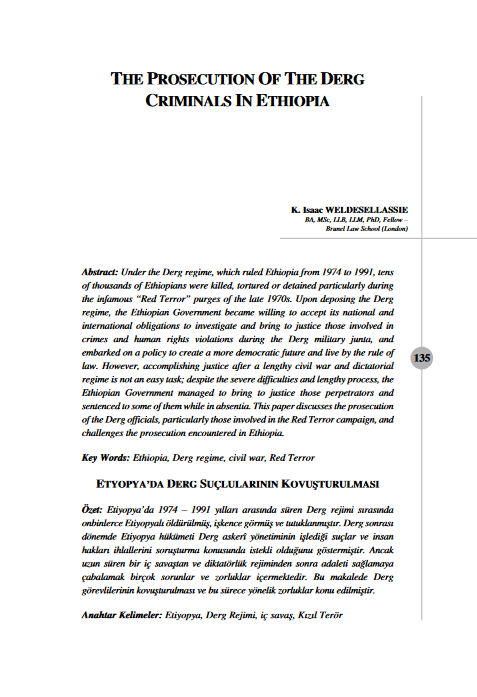Stripes, 23 March 2016
As Afghanistan celebrated its New Year at the start of spring, the Taliban warned of violence and bloodshed in the months to come, adding to fears the country could be on the brink of its deadliest fighting season.
“We are going to increase our attacks,” Taliban spokesman Zabihullah Mujahid said in a telephone interview with Stars and Stripes. “We will be conducting conventional operations this year too for capturing big cities. The upcoming attacks will prove to foreign invaders that they can’t continue their invasion in Afghanistan.”
The fighting season traditionally begins in spring shortly after the start of the Persian New Year, or Nowruz. This past year, however, fighting barely abated during the normally quieter winter, leading some observers to forecast more intensive attacks by the insurgents in 2016. The capability of Afghan forces has already been severely challenged in some parts of the country where the Taliban have launched repeated, aggressive attacks.
“What is very important for this fighting season is that the Taliban are organized,” said Afghan security analyst Ali Mohammad Ali. “As a result of the withdrawal of international troops and a lack of air support in 2015, the Taliban turned out to be a conventional force.”
The Taliban are known for their guerrilla-style tactics, but stronger capabilities were highlighted in September-October when the group occupied the northern city of Kunduz for more than two weeks before Afghan reinforcements aided by American special forces and air power pushed them out. They have seized other urban centers briefly, but Afghan forces have been able to push them back relatively quickly. Ali said Kunduz could be a sign of things to come.
The international coalition in Afghanistan shifted from combat to training and advising operations at the beginning of last year. The U.S. continues to conduct counterterrorism operations, but targeting the Taliban is off limits — unless insurgents attack American forces — as Washington identifies the group as an “armed insurgency,” not a terrorist outfit. Though some commanders have suggested changing that policy to allow international troops to more readily come to the aid of Afghan forces.
Today, with Afghans in charge of security across the country, the Taliban are thought to control more territory than at any time since 2001 when a U.S.-led invasion ousted them from power.
Speaking of the immense difficulties facing the Afghan government, particularly security challenges, the U.N.’s top official in Afghanistan, Nicholas Haysom, told the U.N. Security Council this month: “For 2016, survival will be an achievement.”
During a visit to Kabul the same day, NATO Secretary-General Jens Stoltenberg predicted “a difficult year.” But he also echoed upbeat Western assessments of the capabilities of Afghan forces.
“We have seen a very impressive increase in the capabilities of the Afghan forces over the last years, and we saw in 2015 that the Afghan forces are able to take full charge of security across the whole country,” he said.
Afghan security forces suffered record casualties last year and faced some major setbacks, but Western backers say the Afghans still control all key urban centers, hailing that as evidence local forces are holding their own. Critics say the hold on several towns is tenuous with the Taliban in control of surrounding rural areas.
Gen. Dawlat Waziri, spokesman for the Defense Ministry, said the Afghan military has learned valuable lessons from the difficulties it has faced since taking full responsibility for the country’s security in January last year.
“We have fixed our poor points in the winter,” he said. “We are now totally ready for the upcoming spring and do not have any concerns regarding our preparedness.”
“We will answer the enemy if they start their movement in any part of the country,” he said.
Heavy focus will certainly be on southern Helmand province, a Taliban stronghold, which has been the site of intense military activity in past months. Government troops recently withdrew from several districts of the province, effectively relinquishing control to insurgents. Officials said the move had been made to concentrate forces more effectively.
In a telephone briefing with the Pentagon press corps this month, Army Brig. Gen. Wilson A. Shoffner, former spokesman for NATO’s Resolute Support Mission, said the Taliban in Helmand were fracturing into three separate groups that do not appear loyal to Taliban leader Mullah Akhtar Mohammad Mansoor.
Mansoor has faced serious challenges to his leadership since assuming control last year when the Afghan government revealed that former leader Mullah Mohammad Omar had been dead for two years. The government has been set on exploiting the infighting to create bigger fissures. On Friday, Mansoor said his group was “in a better state than at any other time,” The Associated Press reported.
Even with divisions, the Taliban’s winter attacks proved the insurgents can stretch government forces to the limit.
A number of Afghan soldiers questioned for a recent report published by the Afghanistan Research and Evaluation Unit, said they are pessimistic about the upcoming fighting season, and that only a major extension of international commitment would likely change their opinions.
An extension any time soon seems extremely unlikely. When asked during his recent visit to Afghanistan if NATO would provide military assistance to the country should the Taliban start capturing more territory this year, Stoltenberg replied adamantly: “We will not go back to our combat operation.”
Gen. John F. Campbell, who commanded U.S. forces in Afghanistan until earlier this month, recommended resuming offensive airstrikes against the Taliban shortly after leaving his post, but Pentagon officials said they would wait until his successor, Gen. John “Mick” Nicholson, finished his initial review before considering any proposal, The Washington Post reported. Nicholson’s review is expected to take around three months to complete.
A soldier in the 209 Shaheen Corps in northern Afghanistan, who gave his name as Mohammad Hanif, said many of his colleagues believe “this year might be more challenging than previous years,” but stopped short of saying there was a “morale crisis” in the Afghan army, as the Afghanistan Research and Evaluation Unit report maintained.
He said many soldiers were hoping peace negotiations would start soon.
The so-called Quadrilateral Coordination Group — consisting of Afghanistan, Pakistan, the United States, and China — has been working to initiate peace talks between Kabul and insurgent groups before the fighting season commences.
However, the Taliban’s Mansoor said his followers would not participate unless a number of demands, including a complete withdrawal of foreign troops from the country, were met.
“If the peace process succeeded and reached an agreement with militants, then the attacks will decrease, otherwise more provinces will be taken by Taliban militants this year,” said Abdul Karim Rasikh, a civilian from Ragh district in Badakhshan province.
Ali said the primary concern among most Afghans is state collapse. While he supports more international airstrikes against the Taliban, he said, ultimately, controlling insurgency requires a political and economic strategy.
“Insurgents are just like vampires,” Ali said. “You can kill them and they’ll disappear, but they’ll appear again after some time. If there is not a political strategy in place, then there will be a lot of blood in the future.”
Zubair Babakarkhail and Masood Sediqi contributed to this report.
No comments yet.
- SUSPICIOUS PACKAGE LEADS TO RAIL SERVICE SUSPENSION IN SOUTHERN NETHERLANDS Europe - EU 24.03.2016
- TURKISH FIGHTER JETS POUND PKK TARGETS IN NORTHERN IRAQ Iraq 24.03.2016
- LUKASHENKO: BELARUS WON'T CHOOSE BETWEEN EU, RUSSIA Asia - Pacific 24.03.2016
- EU MINISTERS SET FOR EMERGENCY MEETING IN WAKE OF BRUSSELS ATTACKS Europe - EU 24.03.2016
- IRAQ PM TO NOMINATE 9 TECHNOCRATS TO MINISTERIAL POSTS Iraq 24.03.2016
-
25.01.2016
THE ARMENIAN QUESTION - BASIC KNOWLEDGE AND DOCUMENTATION -
12.06.2024
THE TRUTH WILL OUT -
27.03.2023
RADİKAL ERMENİ UNSURLARCA GERÇEKLEŞTİRİLEN MEZALİMLER VE VANDALİZM -
17.03.2023
PATRIOTISM PERVERTED -
23.02.2023
MEN ARE LIKE THAT -
03.02.2023
BAKÜ-TİFLİS-CEYHAN BORU HATTININ YAŞANAN TARİHİ -
16.12.2022
INTERNATIONAL SCHOLARS ON THE EVENTS OF 1915 -
07.12.2022
FAKE PHOTOS AND THE ARMENIAN PROPAGANDA -
07.12.2022
ERMENİ PROPAGANDASI VE SAHTE RESİMLER -
01.01.2022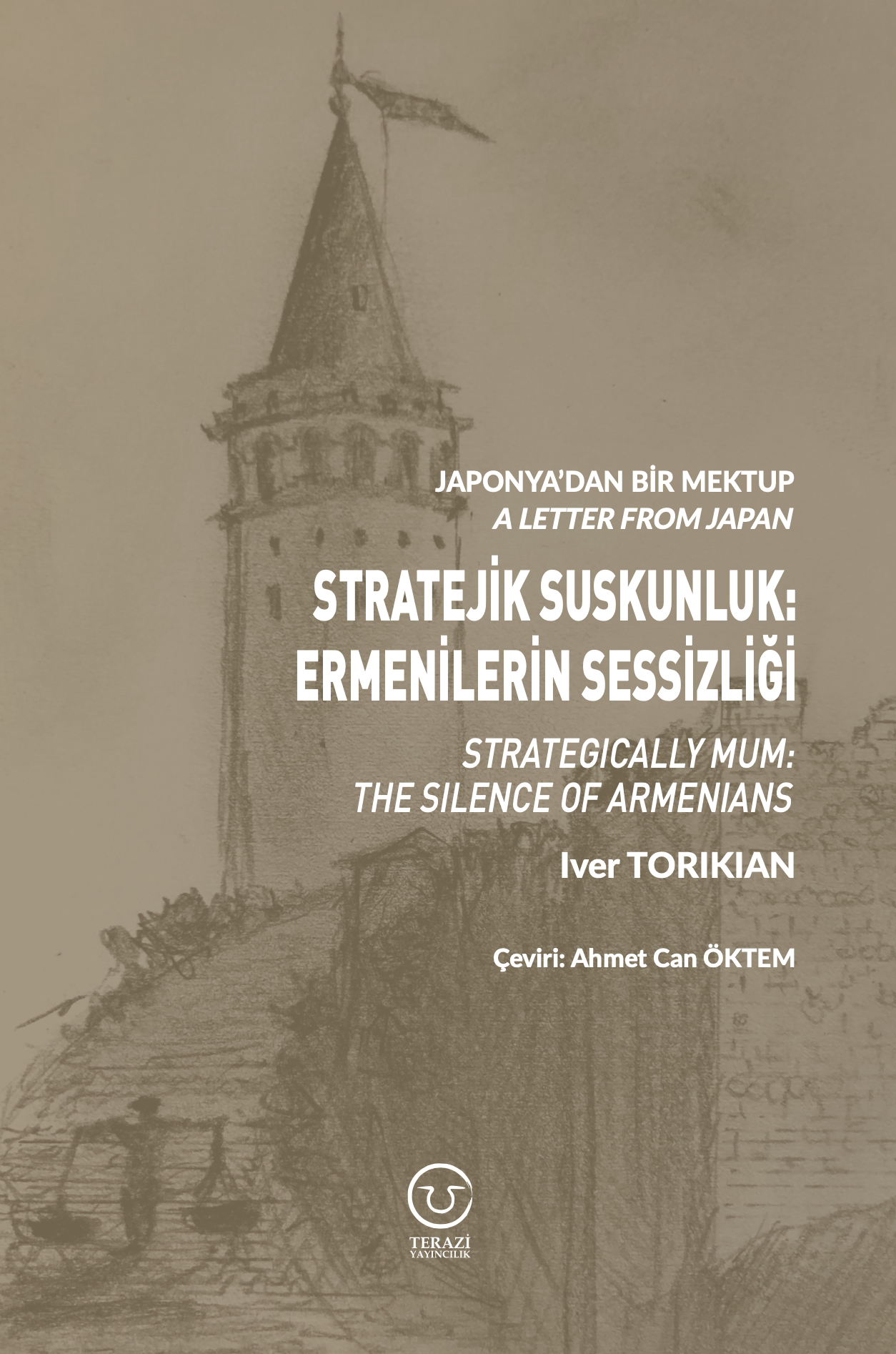
A Letter From Japan - Strategically Mum: The Silence of the Armenians -
01.01.2022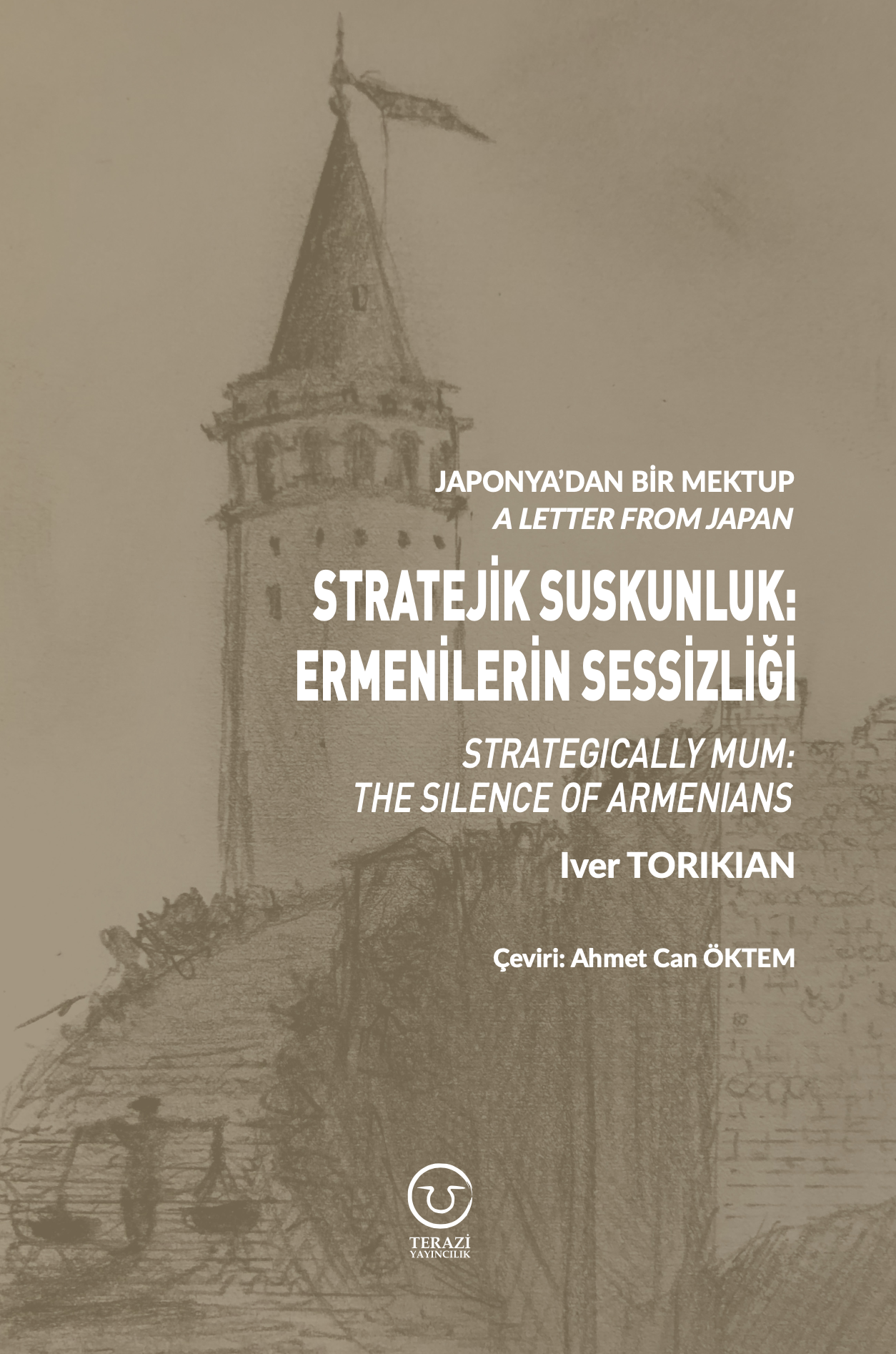
Japonya'dan Bir Mektup - Stratejik Suskunluk: Ermenilerin Sessizliği -
03.06.2020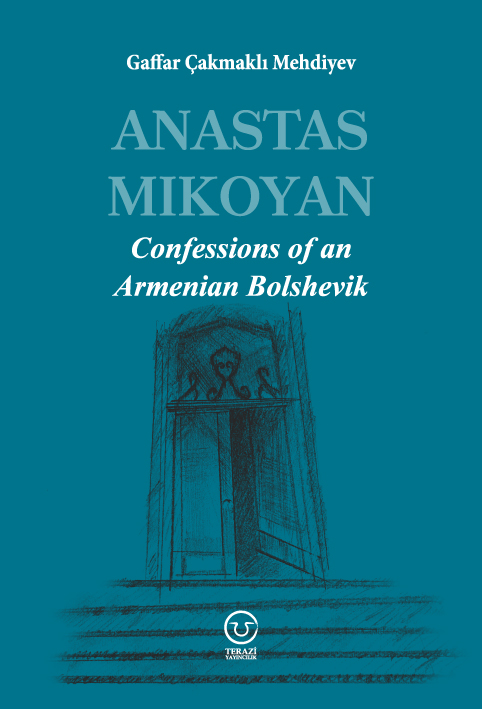
Anastas Mikoyan: Confessions of an Armenian Bolshevik -
08.04.2020
Sovyet Sonrası Ukrayna’da Devlet, Toplum ve Siyaset - Değişen Dinamikler, Dönüşen Kimlikler -
12.06.2018
Ermeni Sorunuyla İlgili İngiliz Belgeleri (1912-1923) - British Documents on Armenian Question (1912-1923) -
02.12.2016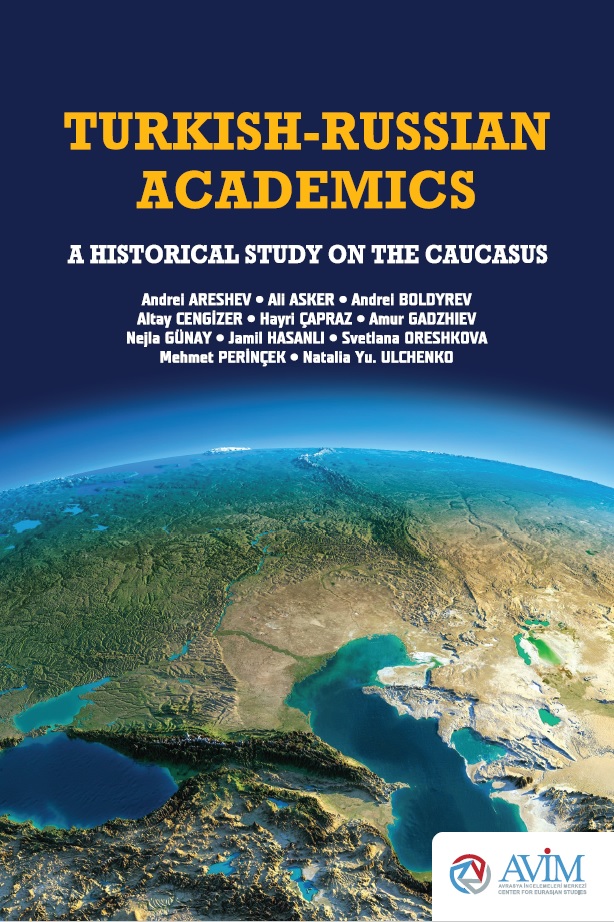
Turkish-Russian Academics: A Historical Study on the Caucasus -
01.07.2016
Gürcistan'daki Müslüman Topluluklar: Azınlık Hakları, Kimlik, Siyaset -
10.03.2016
Armenian Diaspora: Diaspora, State and the Imagination of the Republic of Armenia -
24.01.2016
ERMENİ SORUNU - TEMEL BİLGİ VE BELGELER (2. BASKI)
-
AVİM Conference Hall 24.01.2023
CONFERENCE TITLED “HUNGARY’S PERSPECTIVES ON THE TURKIC WORLD"








